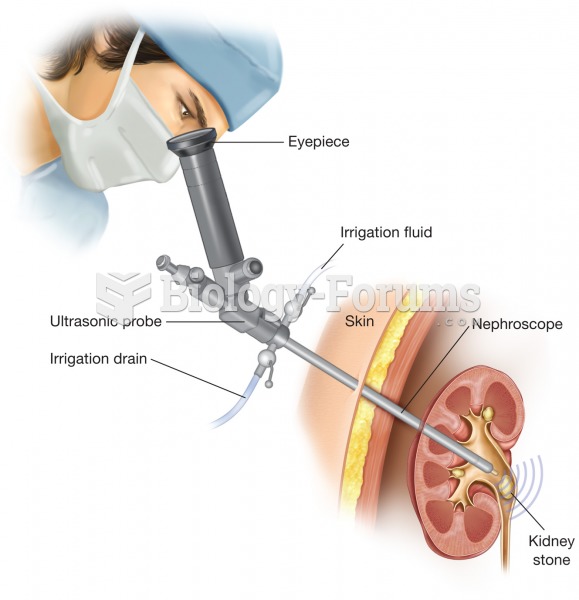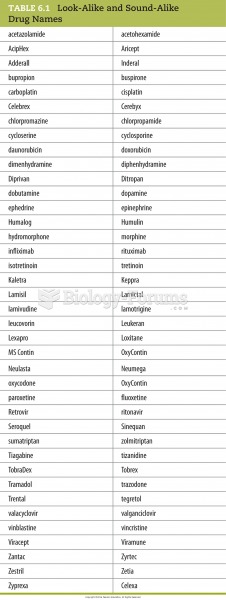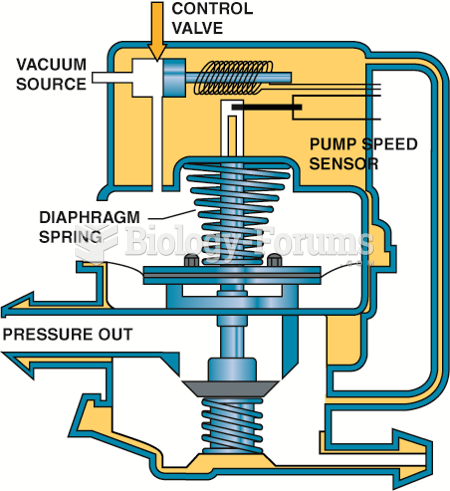|
|
|
Cocaine was isolated in 1860 and first used as a local anesthetic in 1884. Its first clinical use was by Sigmund Freud to wean a patient from morphine addiction. The fictional character Sherlock Holmes was supposed to be addicted to cocaine by injection.
Pubic lice (crabs) are usually spread through sexual contact. You cannot catch them by using a public toilet.
Drugs are in development that may cure asthma and hay fever once and for all. They target leukotrienes, which are known to cause tightening of the air passages in the lungs and increase mucus productions in nasal passages.
The average human gut is home to perhaps 500 to 1,000 different species of bacteria.
Cancer has been around as long as humankind, but only in the second half of the twentieth century did the number of cancer cases explode.







